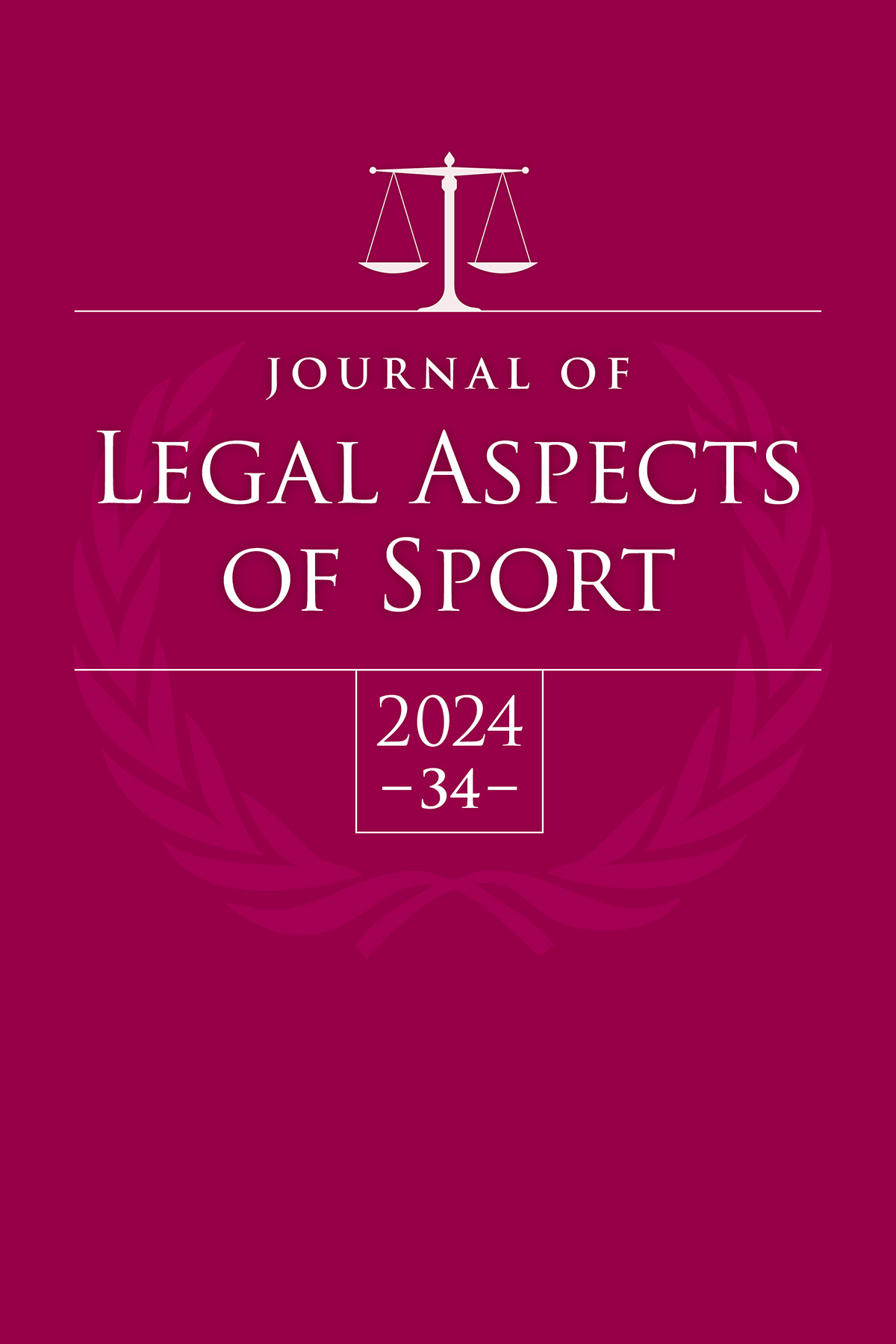'Entertaining' a New College Athlete Unionization Structure
DOI:
https://doi.org/10.18060/28013Keywords:
NIL, NCAA, labor law, labor unions, entertainment law, intercollegiate sportsAbstract
Between athletes still feeling short-changed despite name, image, and likeness (NIL) compensation and coaches and administrators feeling generally unhappy with the unregulated, “wild west” landscape of NIL, college sports is faced with two competing forces pushing college athletics in two distinctly different directions. There is an obvious solution to all of the strife in college sports: the legal recognition of college athletes as employees and the creation of a formally recognized college athlete labor union, allowing athletes to collectively bargain for a share of media rights revenues and other work conditions, while also allowing the National Collegiate Athletic Association (NCAA) to collectively bargain for more regulations and restrictions on NIL activity without facing antitrust scrutiny by virtue of the non-statutory labor exemption.
There are several unique challenges to organizing a labor union comprised of athletes, including the breadth and variety of their negotiating interests. However, there is a robust union that has been in operation since the 1930s that may provide a baseline framework: the Screen Actors Guild-American Federation of Television and Radio Artists (SAG-AFTRA). In this article, we explore potential frameworks for a college athlete union by using SAG-AFTRA and other major unions as templates. SAG-AFTRA’s unique national-local structure serves as a guide for how to create a robust and effective college athlete union that meets all sides’ interests in reforming college sports.

